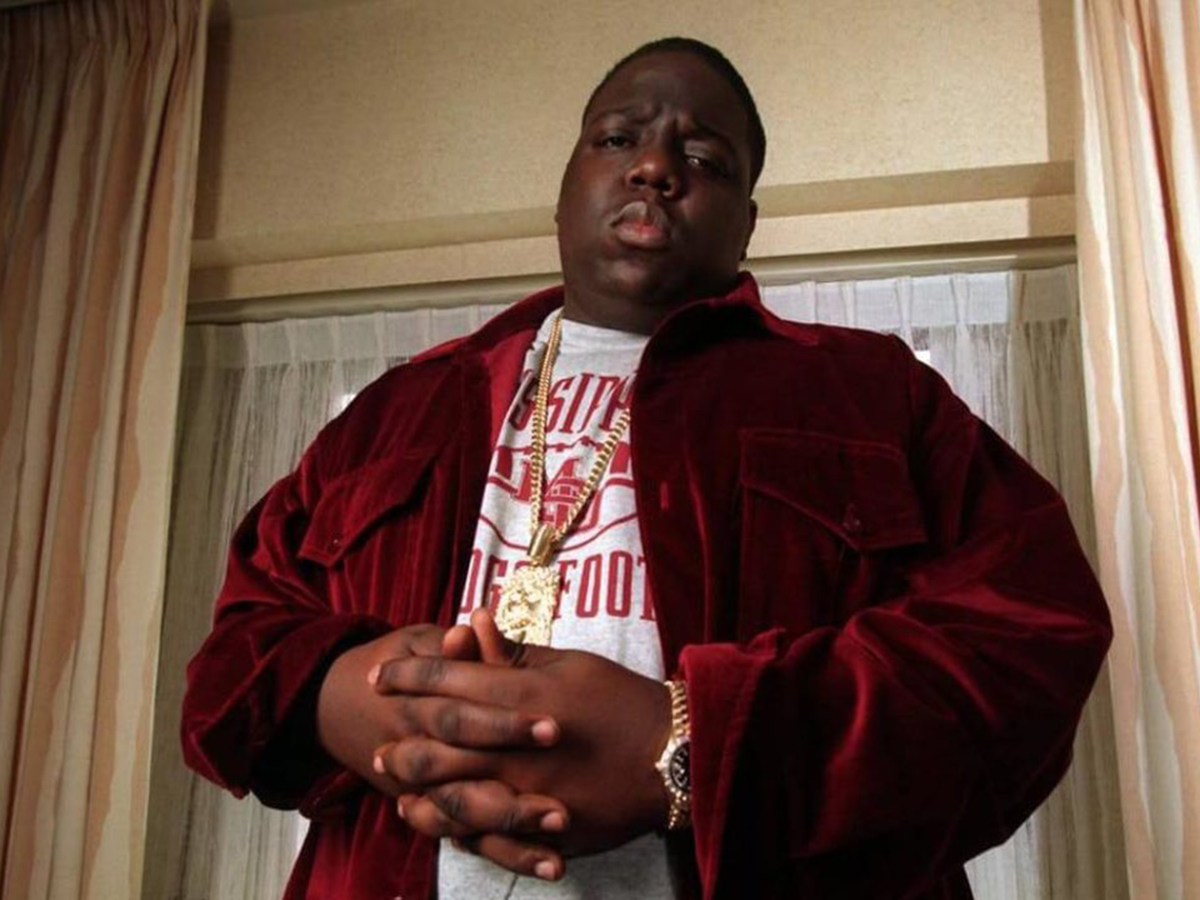
Netflix has released a documentary focusing on the life of the Notorious B.I.G., likely connected to the 24th anniversary of the rapper’s March 9, 1997 death. The documentary consists mainly of interviews by the close friends of Biggie who knew him since he was a child in Brooklyn, his mother and reflections by P. Diddy, B.I.G.’s music producer and later collaborator. The film also heavily references two interviews Biggie did and includes videos his friend, Damion Butler, shot in the ‘90s. Interestingly, the videos created by Butler were used to create the gritty and nostalgic aesthetic for the documentary.
This documentary is obviously an attempt to have the public view the rapper outside of his tough gangster persona, as his friends and family try to explain both his criminal past and professional career by explaining what Biggie was like growing up. This creates a compelling narrative in the film since his friends speak of the street life Biggie had and reveal how he got into the drug world. This side of Biggie is juxtaposed with his mother, who tries to paint Biggie as the “good boy” she raised and justifies why he made certain choices. The effect of this is a revision on the typical gangster perception of B.I.G. held by the public.
This revision on the perception of B.I.G. is important because the rapper has only been seen in a dangerous light. That image is what he was marketed as and what the music industry thought was necessary to legitimize rappers at that time — which is briefly mentioned in the documentary. With B.I.G.’s death often being thought of as connected to some sort of violent dispute, and the fact that he was a Black man, the person Biggie was sold as to the public was accepted. Thus, this documentary offers fans a look into the person the people around the rapper knew. It is this that makes the documentary compelling, since it slowly becomes clear to fans that B.I.G. was not motivated by violence to write many of his songs but due to his need to cope with the emotions he was carrying around.
While the revision on Biggie gives an interesting and humanizing perspective on him, the documentary has a lot of gaps. Many times throughout the film, the rapper’s motives are not clear, as his friends often contradict themselves on what prompted Biggie’s actions. In fact, in certain parts of the documentary, P. Diddy contradicts himself on Biggie’s motives to create “Ready to Die,” B.I.G.’s iconic album. This may be due to the large amount of time that has passed since the events being spoken about, but it may also be due to participants in the documentary wanting to hide some of their actions. This is most clearly seen when B.I.G.’s friends speak about the gangs in Brooklyn and the drug dealing B.I.G. did once he was already in the music industry.
The film curiously chose to skip over much of Biggie’s rap career. Only snippets of his career are spoken of, completely glossing over the East and West Coast dispute. Instead, the documentary presents the dispute as a misunderstanding that got out of hand, framing B.I.G. as a representative of the area where hip-hop originated. Ignoring this part of B.I.G.’s career cuts out much of how he would interact with people from LA and how his career was deeply tied to the dispute. This causes Biggie’s relationship with Tupac Shakur to be confusing when it is mentioned in the film.
At the same time, the events that led to B.I.G.’s death become vague. This might have been done to separate everyone from the violence that came out of the dispute and to remove B.I.G. from the famous controversy he is usually tied to, but it made the documentary fall flat at certain points.
The documentary is a bit underwhelming since all the participants speaking in the film have made sure that their words would only present B.I.G. under a good light. Parts of his character and history are lost. For example, many of his acquaintances have admitted he had a temper that would get out of control at times, frightening them. In the film, however, this is not spoken of. Rather, he is painted to be close to a saint — albeit with some flaws.
Since much of B.I.G.’s life is ignored as years are skipped over, the documentary feels incomplete. When the film ends, viewers are left with a feeling that more is still to be said. This sentiment calls the documentary’s title into question, causing audience members to ask, “What is left to say about Biggie that was not said?”
Overall, the documentary is good to watch if the viewer already has some knowledge about B.I.G., but it will not have enough information for viewers that know very little about the rapper. The film is more interested in presenting a side of Biggie that the public did not get to see than focusing on every aspect of his life, as complex as that might be.
Verdict: This documentary is not worth your watch if you are not a fan of Biggie. The film’s stance on the rapper causes it to be slow and, quite frankly, not interesting since much of who Biggie was is lost.







